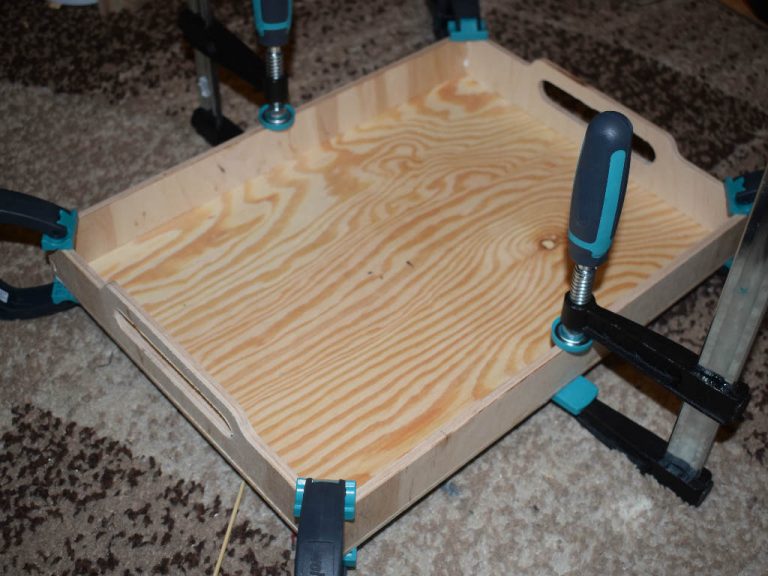Revealing Metal Stamping: Exploring Applications, Techniques, and Geosynthetics
Reveal the transformative capabilities of metal stamping, a foundational manufacturing process shaping flat metal sheets into diverse forms for various industries. This article delves into the intricacies of metal stamping, exploring its applications, techniques, and its intriguing connection with geosynthetics. Join us as we uncover the world of metal stamping and its significance across sectors.

1. Unraveling Metal Stamping: Insights into Techniques and Operation
Metal stamping, a versatile manufacturing process, employs techniques such as blanking, punching, bending, and piercing to mold flat metal sheets. This process unfolds in a stamping press where a meticulously crafted tool and die surface shape the metal into the desired form.
2. Metal Stamping’s Versatile Applications: Crafting Excellence in Automotive, Aerospace, and Medical Industries
Metal stamping’s impact resonates across automotive, aerospace, and medical fields. In the automotive sector, it plays a pivotal role in shaping body panels and engine components. The precision of metal stamping is indispensable in aerospace for crafting intricate components. Moreover, the medical industry relies on it for creating detailed parts of medical devices.
3. Metal Stamping’s Subtle Alliance with Geosynthetics: A Crucial Manufacturing Partner
Geosynthetics owe part of their creation to metal stamping, contributing significantly to their production. From enhancing soil stabilization with geotextiles to ensuring secure installations of geomembranes through fixtures and connectors, metal stamping plays a crucial role in extending the lifespan of containment structures.
4. Environmentally Conscious Metal Stamping: Nurturing the Environment with Precision
Absolutely, metal stamping can champion environmental sustainability. With minimal material waste and the possibility of using recycled metals, the process aligns seamlessly with eco-friendly practices. Furthermore, the efficiency of metal stamping results in lower energy consumption compared to alternative manufacturing processes.
In summary, metal stamping emerges as a versatile and indispensable manufacturing process, leaving its mark across diverse industries. Its seamless integration into geosynthetics manufacturing underscores its adaptability, contributing significantly to civil engineering and environmental project advancements. As industries progress, the enduring role of metal stamping continues to shape the manufacturing landscape.




